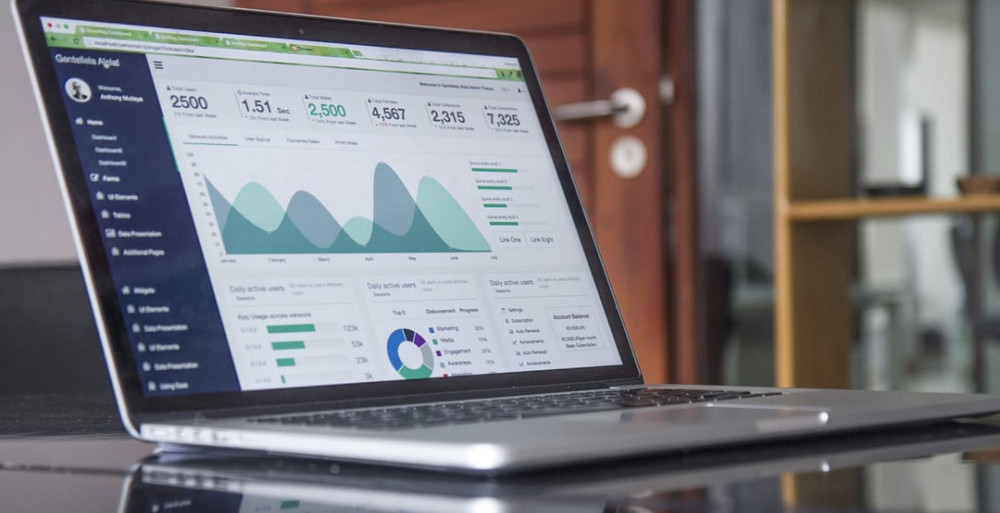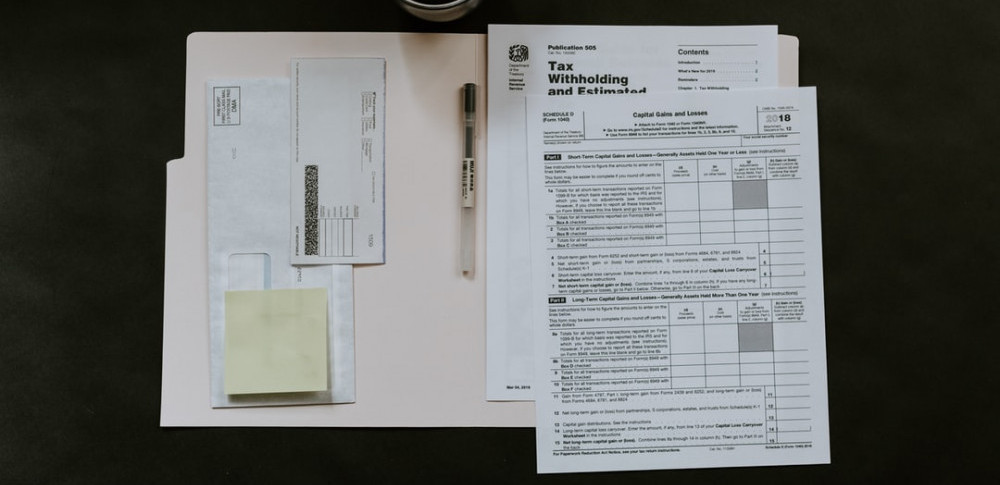What Is A Corporate Bond? How Does It Work?

For more than a decade, low interest rates have made things tough on investors looking for income. In some cases, corporate bonds might offer a solution. Corporate bonds often offer higher interest rates than common income-producing choices such as savings accounts, CDs, and Treasury bonds. However, corporate bonds also involve certain risks in exchange for those higher income yields. Deciding whether corporate bonds are right for you starts by understanding both the return potential and the risk involved.
What is a corporate bond?
Corporate bonds are often the simplest of investments. They are issued by a corporate entity (often a large multinational company, and sometimes an investment bank) and are traded on a secondary market. A company makes the initial capital commitment to issue bonds, and a bank or other financial institution buys those bonds from the issuing company. In exchange, the issuing company promises to repay the bondholder when certain conditions are met. A typical corporate bond is a series of bonds linked to one another. A buyer of a series of bonds will receive a specific level of interest (known as the “yield”) and a specific amount of principal at the end of the maturity of the bond.
How does corporate bond work?
The mechanics of the bond market are simple: You buy a bond, in many cases, with a pre-determined coupon. The coupon amount is determined by the credit rating of the issuer. For example, if you’re looking at a 4.25% coupon bond issued by Apple (AAPL) and are investing in the U.S. Treasury bond market, you might be offered a rate of 2.6%. On the other hand, if you’re looking at a 2.95% coupon bond, issued by Toyota (TM) and investing in the high yield bond market, you could be offered a rate of 7.3%. The higher a corporate bond’s coupon, the higher its return potential. In other words, as long as the company continues to pay its coupons, investors will still be earning a positive return.
Importance of corporate bonds
Investing in corporate bonds is a great option for long-term investors looking to compound their returns. The reason? One of the primary goals of investing is to generate returns that grow year-over-year, not just in the current year, but throughout your investment life cycle. Because of this, the bond market serves as a great place for investors to find high-return investments. Once you understand how the bond market works, you’ll understand how the higher yields can be additive to your investments. In other words, because of the high return potential, you may end up with higher total returns from corporate bonds than from stocks or other more volatile investments. In recent years, corporate bonds have become a popular means of diversifying a portfolio.
How to buy corporate bonds?
There are many ways to get into the corporate bond market. One option is to invest in exchange-traded funds (ETFs). You can invest in corporate bonds through most brokers and bank accounts, though you typically need to take the time to learn more about the market before you proceed with specific bond purchases. In the past, bonds typically were purchased through brokerage firms such as TD Ameritrade, E*Trade, and Charles Schwab. But banks like Wells Fargo and Regions have entered the corporate bond market as well, so they offer a good starting point. Once you have chosen a corporate bond broker or bank, you fill out a form that includes credit history, asset allocation, goals, current account, and savings. From there, the investment is presented to you as a list of individual bond prices in ascending order.
This post contains affiliate links. Please please read my Disclaimer for more information
How to make money from corporate bonds
Like many other investments, corporate bonds can help you generate income in retirement. After all, if interest rates are low, corporate bonds are a great way to boost your cash flow by locking in the income that your bond pays while you’re not earning any interest on your own investments. When you’re looking at your investment options, it’s important to consider both the interest rates and the potential risks of corporate bonds. Because many investors see corporate bonds as conservative investment options, they are often overlooked, even though they carry higher risks and higher yields than many other investments. As such, if you’re looking to add some investment income to your portfolio, it can pay to take a closer look at corporate bonds.

Benefits of corporate bonds
Like a savings account, corporate bonds are risk-free, offering consumers little to no penalty for not putting money in the bank. They are also exempt from taxes, depending on the level of interest. Corporate bonds are issued by a corporation or other business, usually at maturity. Investors who buy corporate bonds typically receive their money in the form of cash, usually within a year or so. When you buy corporate bonds, you’re essentially lending money to a company that has the money it wants to spend on a specific purpose. The company is required to pay back the money you loan it at a specified interest rate.
Drawbacks of corporate bonds
Higher interest rates and the safety net of the federal government have kept the corporate bond market healthy. “There is not really a bad time to invest in a corporate bond. The only issue is finding the right one. That can be difficult,” said Matt Scannell, managing director of municipal investments at Vanguard. Investors can lose their principal if the company goes bankrupt, defaults on its debt, or experiences some other type of corporate shake-up. However, this is a minimal risk for investors, said Jared Kessler, senior market strategist for LPL Financial. “Compared to other options, corporate bonds are a pretty safe investment,” Kessler said. “For example, you can typically lose principal with a stock purchase. With corporate bonds, that’s not an issue. There are limited losses.
How to choose corporate bonds for your portfolio
When selecting a corporate bond, one option is to purchase bonds issued by the same company that issued the loan, such as a bond backed by a car loan or a bond insured by a bank. Another option is to invest in bonds issued by a variety of companies but made up of the same bonds. This would allow you to diversify your bond holdings across a range of borrowers. The distinction between corporate bonds and U.S. government bonds is important for investors who don’t need or want the extra risk. The U.S. government bonds included in a bond’s interest rate can help you anticipate future interest rate fluctuations. While corporate bonds don’t include this feature, they do serve a similar purpose: they serve as financial security that prevents the bone from deteriorating.
Are corporate bonds right for you?
Companies issue corporate bonds in large amounts to fund specific projects. Typically, they use the proceeds of these bonds to finance new investments, such as building a new factory, developing a new product, or paying down debt. If your company requires or could benefit from such an investment, a corporate bond might provide a solution. You’ll want to investigate how much risk a particular corporate bond carries before deciding whether you’re willing to accept the increased yield. If your company needs more than the initial proceeds from a bond issuance can provide, a change in the market could result in the company issuing new debt. You’ll want to assess the potential impact of this risk before considering a corporate bond.

Conclusion
Overall, corporate bonds appear to have little risk of default. This being said, you have to consider the risk of getting burned. Since corporate bonds are not as liquid as some other investments, this opens up a potential for the loss of some of your principal if the issuer defaulting. Since corporate bonds usually are not insured, they are especially vulnerable in times of financial turmoil.
“If you have any feedback about what is a corporate bond that you have tried out or any questions about the ones that I have recommended, please leave your comments below!”
NB: The purpose of this website is to provide a general understanding of personal finance, basic financial concepts, and information. It’s not intended to advise on tax, insurance, investment, or any product and service. Since each of us has our own unique situation, you should have all the appropriate information to understand and make the right decision to fit with your needs and your financial goals. I hope that you will succeed in building your financial future.













 If you are switching jobs, you’ll soon find out that the W-4 form that every employee has to fill out in order to determine the amount of taxes that are withheld from each paycheck has changed. The Internal Revenue Service (IRS) says it has revised the form in order to increase its transparency and the accuracy of the payroll withholding system.
If you are switching jobs, you’ll soon find out that the W-4 form that every employee has to fill out in order to determine the amount of taxes that are withheld from each paycheck has changed. The Internal Revenue Service (IRS) says it has revised the form in order to increase its transparency and the accuracy of the payroll withholding system.







